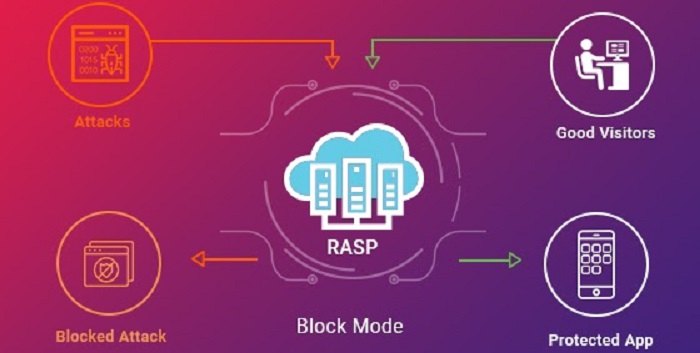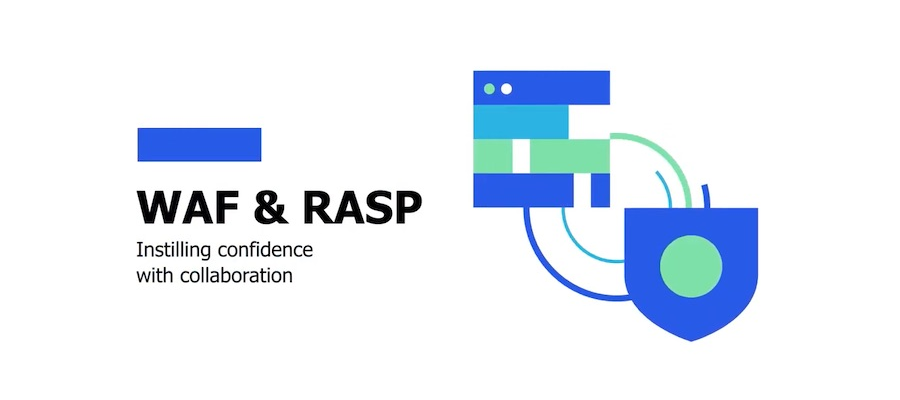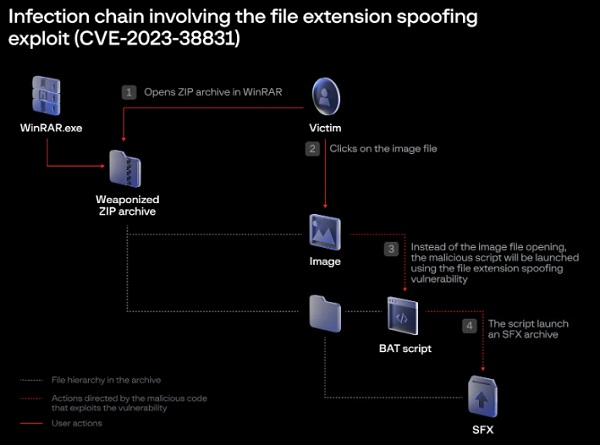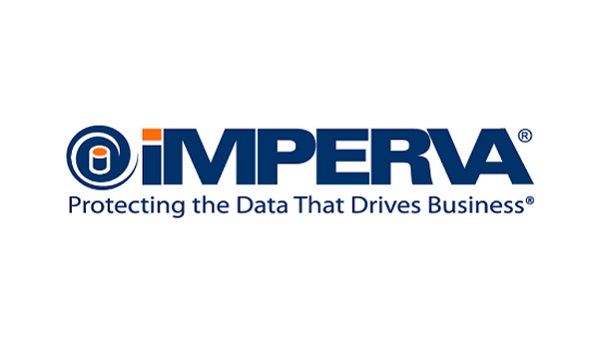What to prefer for web application security – RASP or WAF
Any organization having the web presence is subject to persistent security threat from the malignant sources hence we need to consider the web application security as a vital element which deals with defending the web applications and web services.
Web applications basically refer to any software application which can be used by anyone and for numerous reasons like email, e-commerce etc. Through web application, a user tries to enter the host network to fetch the requested data. And in case the web application is not secure enough then it easily lends itself to the hackers to get into the host network and access the sensitive data.
There are many security vulnerabilities that can affect the web applications few of them are as below:
- Cross site scripting In this, the attacker injects malicious client-side-script into the web pages.
- Injection In this the attacker sends untrusted input data that makes the web applications to operate differently to access critical data.
- Denial of Service In this the attackers try to increase the traffic at victim’s server and as a result the server becomes slow denying the service request from the legitimate users.
- Insufficient Logging and Monitoring In absence of proper logging and monitoring practices, the attackers can go unnoticed and they can infect the system.
- Broken access control Many times, the restrictions are not enforced for the authenticated users which gives the window to the attackers to breach the system.
- Buffer overflow The overflow of the buffer results in the adjacent memory locations to be overwritten by the data and this can be exploited by the attackers to inject malicious data into the memory.
There are several tools available for the web application security however we will consider two prevalent monitoring tools here-Runtime application self-protection (RASP) and web application firewalls (WAF):
WAF
Web application firewall (WAF) acts as a filter between the attacker and the web applications by protecting the online businesses from malicious attack like cross site scripting (XSS), SQL injection and others.
WAFs prevent data leakage and are easy to deploy and manage. It inspect the incoming HTTP requests and if any abnormality is reported, it is blocked by this monitoring tool. It allows for the customization of the set rules to protect from the application security vulnerabilities.

WAFs have leverage over the traditional firewall in terms of its advanced visibility of the critical data and protecting the application layer attacks. WAFS are placed in front of the application and can protect them without accessing its source code.
See more: Zero Trust Security Model – Is your Organizational Network secure?
Although the WAFs can protect from common attacks but not from all types of attacks. Hence, it should be complemented with other security tools to provide for highly secure environment.
RASP
Run time application self-protection (RASP) tools are an evolution of WAFs. This tool integrates with the web applications and continuously monitors any threat by keeping an account of all the incoming requests before they pose as a problem.
RASP can detect the attacks in real time and blocks the malicious requests and also stops the attacker from logging in further. It basically provides a proactive solution against the threats.

RASP analyses the web applications in run time and is well aware of the application context which helps it to provide the application specific security features. As RASP doesn’t affect the source code of the application, the web applications can be developed and updated without being affected.
The Way Ahead for WAF & RASP
Both are the security monitoring tools and aiming at securing the application from the malicious threats. RASPs are an evolution of WAFs just as WAFs are an evolution of network firewall.
WAFs provide for security at the perimeter of the web applications for any potential threat based on some set rules specific to some known attacks however, RASP can block any suspicious activity within the application itself.
See more: What to prefer for organization security – EDR or XDR
RASP is capable of detecting and preventing real time attacks and offers protection against multiple types of threats which is not the case with WAF.
Instead of questioning which one to choose, it would be better to combine as they both combine to provide high level security to the web applications as they mitigate each other’s’ limitations. RASPs provide protection within the application which might pass the WAF layer.
Follow on Facebook: Latest Hacking Updates






